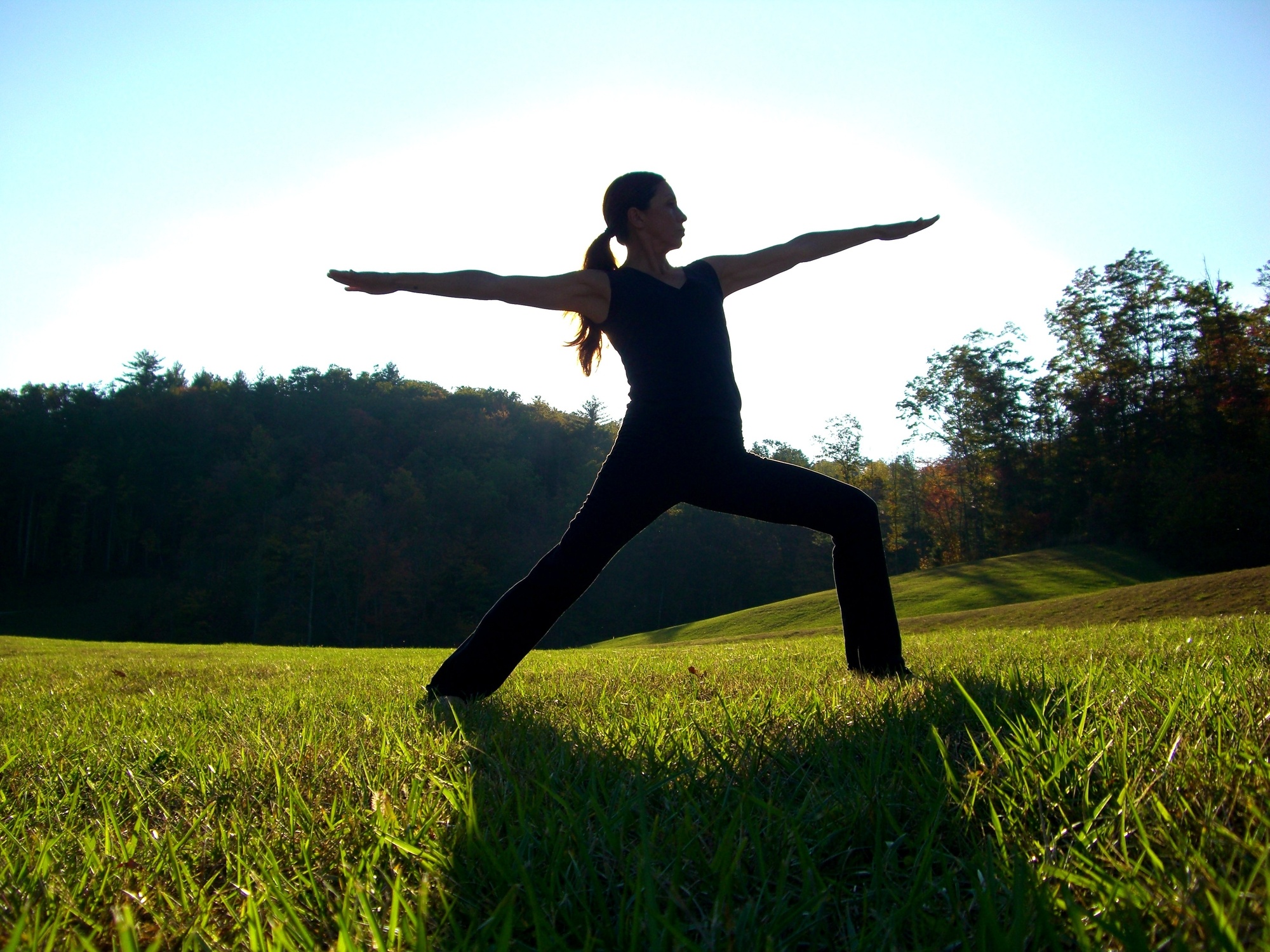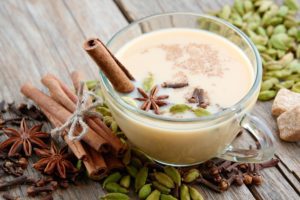Vata Dosha — The Wind Principle

Every human being has the five basic elements which make up the three doshas: Vata, Pitta, and Kapha. Even though each one of us has a combination of all three of these doshas, typically, only one or two doshas are dominant.
Today, we will understand the basics of Vata Dosha.
Vata Dosha is the wind principle and contains the properties of ether or space. Vata is responsible for the movement and energy in our bodies. The space between the cells, our breath, nerve impulses, and circulation are also manifested by Vata.
Since Pitta and Kapha doshas cannot move with Vata, it is often considered to be the leader of the dosha principles.
Qualities of Vata
Vata is defined by the following qualities:
- Cold
- Dry
- Mobile
- Changeable
- Irregular
- Rough
- Clear
- Subtle
- Light
- Quick
If a person has a preponderance of Vata in their body, these people are always moving, adaptable, and energetic.

Physical Characteristics
People in whom the Vata principle dominates are predisposed to be thin and light-framed. They usually have very fine hair or thinning hair with a dry texture as well as cold hands and feet. Overall, they may have delicate features and thin lips. Their skin may also be prone to sunburns.
Vata people are either very small-framed or very tall, much like models or marathon runners. They also do not have high sexual stamina. They sleep lightly and have sensitive digestion, which is the first thing to go awry when their primary dosha is out of balance.
Temperament
People with Vata dominance are highly energetic, restless, excitable, creative, excellent communicators, and a bit of a spendthrift. They have a sharp wit and are open to experiences. However, because they are so active people, they can be pretty forgetful.
All in all, Vata are friendly, spontaneous, and vibrant people and are typically also connected closely to spiritualism.
Balanced
When Vata is in balance, these people are adaptable, have a creative mind, positive energy, and excellent communication skills. They also are quick to take initiatives as well as quick to anger, but also forgiveness.
Out of Balance
When Vata is out of balance, Vata-dominant people become agitated, nervous and jittery, inconsistent, anxious, and insomniac.
One of the first signs of a Vata imbalance can be disturbed digestion. These people may forget to eat during times of stress, which will further wreak havoc in their digestion.
If their Vata remains out of balance for most of their lives, these individuals may have a higher risk of rheumatoid arthritis and other joint issues.
Stress Response
They internalize experiences and their stress response is “What did I do wrong?”

Lifestyle Choices to Bring Vata Into Balance
If your Vata is out of sorts, you can balance it once again by following these lifestyle tips:
Mind – sound, sight, and smell
- Healing through sound: People with Vata love classical music as it can help them forget the worries of the world temporarily. They also love to dance.
- Healing through sight: These people favor soft neutral tones, warm colors, and pastel shades.
- Healing through smell: Vata people like sweet and warm floral and fruit scents. These include lavender, vanilla, cinnamon, citrus, frankincense, pine, sage, bay, and basil.
Body – taste and touch
- Taste: Sour and salty foods are liked by Vata people. They also have a propensity to consume naturally sweet fruit but not in excess. They can benefit from fresh ginger root tea and also like warming spices like cinnamon, cumin, and black pepper. However, they avoid hot spices like cayenne.
- Touch: A daily self-massage with heavier almond and sesame oil can alleviate stress.
Exercise and Yoga
Vata people benefit from calming and grounding practices that improve flexibility and balance. Exercises that work on the colon, pelvis, lumbar spine, and intestine can bring down the restless energy.
Yoga practices like Sun Salutation, Warrior Pose, and Tree Pose can help bring balance.
Pranayama practices like Belly Breathing, Alternate Nostril Breathing, Humming Bee Breath, and Victorious Breath can calm and soothe them. They may also add a mantra, such as “om” on exhaling.
Since Vata have cold and dry qualities, they may benefit from hot yoga or Ashtanga yoga that will ground and stabilize the Vata and bring them back into harmony.
Other exercises that are beneficial to Vata people are tai chi, qi gong, walking, light bicycling, light tennis, dance, aerobics, golf, and short hikes.

Welcome to Chopra Wellness Center
Regardless of a person’s inherent nature, they can have an imbalance in any dosha. However, by using Ayurveda practices, we can help create a harmonized lifestyle, which results in reduced stress and a better quality of life.
At Paradise Valley Healing Center, we offer Ayurveda as part of our programs for emotional release, healing, and self-discovery. If you feel an imbalance in your Vata dosha, our doors and open for you and we can recommend therapeutic treatments that can benefit you in these trying times.

